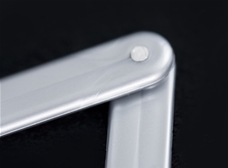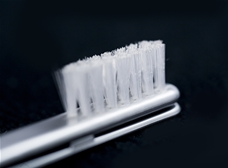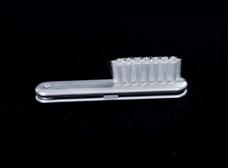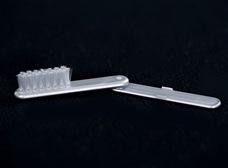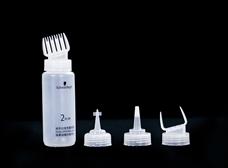polymer
The most common blow molded plastic material is HDPE, and most milk bottles are made from this polymer. Other polyolefins are often processed by blow molding. For use, styrene polymers, polyvinyl chloride, polyester, polyurethane, polycarbonate and other thermoplastics can also be used for blow molding.
Recently, engineering plastics have been widely accepted in the automotive industry. Material selection is based on mechanical strength, weather resistance, electrical properties, optical properties and other properties.
Technology
3/4 blow molded products are made by extrusion blow moulding. Extrusion is the process of forcing material through a hole or mold to make a product.
Extrusion blow molding process consists of 5 steps: 1. plastic parison (extrusion of hollow plastic pipe); 2. in the embryo will flap mould closing, mold clamping and cutting type embryo; 3. to the wall cavity of the blowing type of adjusting opening and to maintain a certain pressure during cooling; 4. open mold remove the blown parts; 5. deflashing finished.
Extrusion
Polymer mixing is defined as a process in which polymer or polymer systems are improved by mixing of melts. The mixing process ranges from a single additive to a variety of additives, polymer alloys and reactive mixed cultures. It is estimated that 1/3 of the polymer production in the United States will be mixed. Mix ingredients can be customized according to the performance requirements of the final application. Mixing products have mixed properties such as high gloss and excellent impact strength, or precise molding and good stiffness.
A well blended polymer, usually diced, used for further processing. However, the growing interest in industry is to combine blending with the next step, such as profile extrusion, so that reheating of polymers can be avoided.
blend
Various types of melt mixing equipment are used, from roll mills and batch mixers to single screw and twin screw extruders. Continuous mixing (extruders) is the most commonly used device because it provides quality consistent products and reduces operating costs. There are two types of mixtures: distributed mixtures, which can be uniformly distributed without mixing with high shear stress. This mixture is known as mixing or mixing of laminar flow.
Dispersed mixing, also known as strong mixing, in which a high shear stress is applied to break the cohesive solids. For example, when the feed mass is broken, the actual particle size becomes smaller.
Blending operations often require two mixing types in one process.


